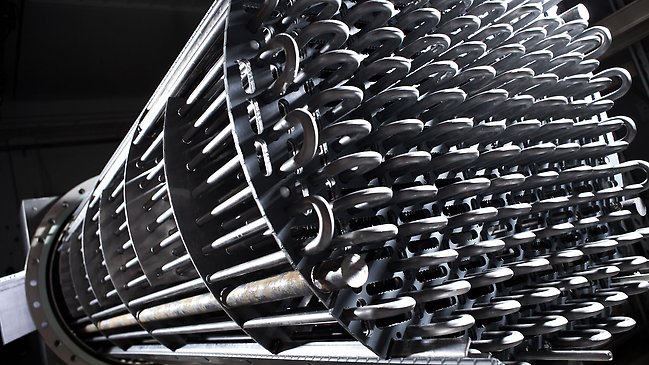E - Environment
Our products enable us to contribute in a natural way to international ambitions to mitigate climate change. Top priorities in our sustainability strategy are to develop innovative and competitive solutions with higher energy efficiency and to reduce GHG emissions.
Our climate goals include reducing GHG emissions in Scope 1 and 2 by 65% by 2030, compared with the base year 2019. This goal is aligned with the Science Based Targets initiative (SBTi) and, therefore, contributes to limiting global warming to 1.5°C in line with the Paris Agreement. We have not yet set targets for our indirect Scope 3 emissions, which is also required in order for our overall goal to be validated by SBTi. We intend to continue our work relating to our targets and to have them validated by SBTi in the next few years.
Our product development is important if we are to be able to achieve net-zero emissions in our entire value chain in the long term. Our product development enables us to use a larger proportion of input materials with a low carbon footprint and achieve higher energy efficiency in our products. For products running on electricity, it is also critical to increase availability of fossil-free energy to be able to achieve net zero. Overall, our transition plan consists of improving energy and material efficiency, switching to renewable fuels, using renewable electricity and phasing out and replacing products and processes.




